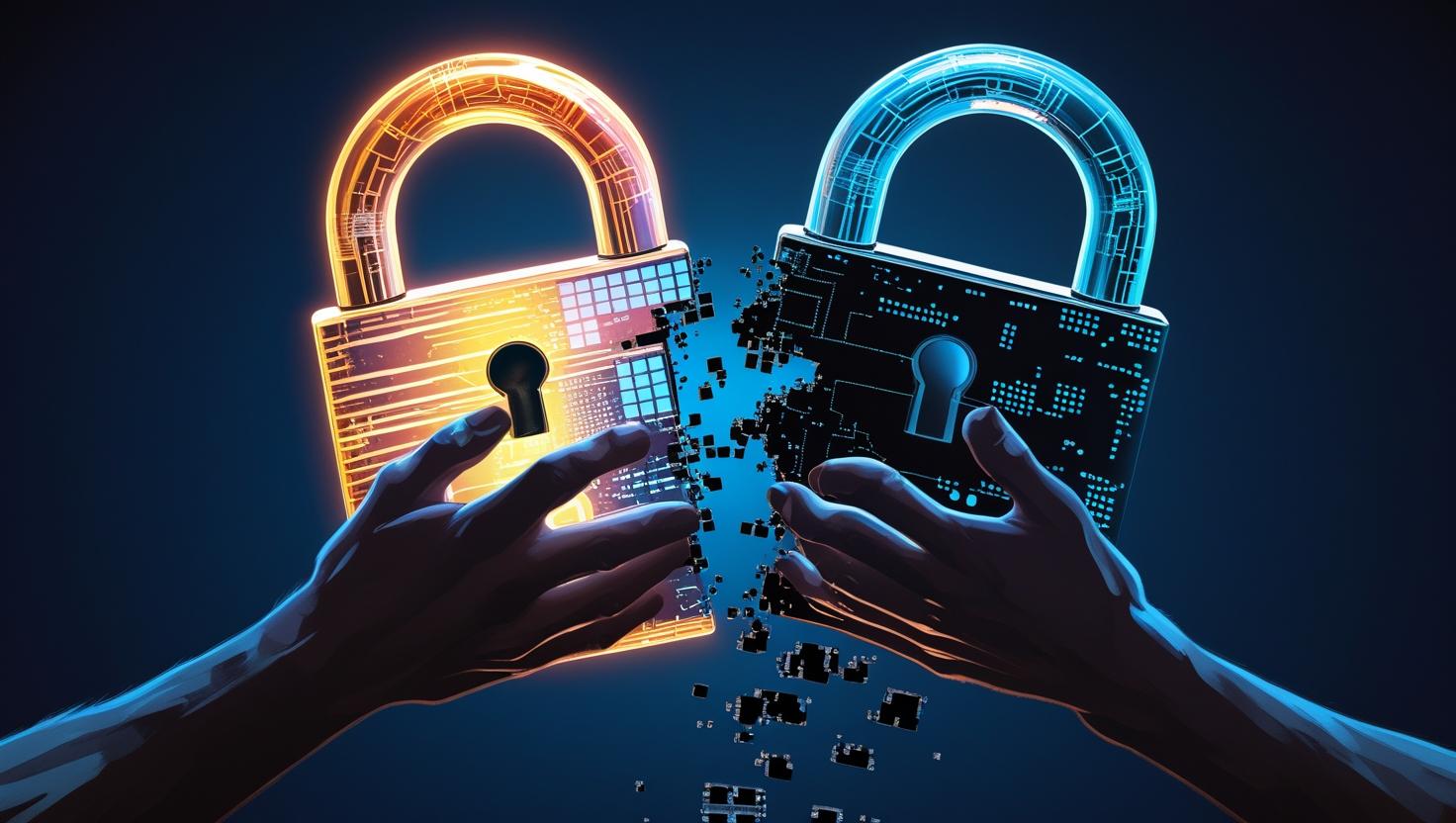
July 26, 2025
Open Source or Open Risk? Transparency’s Security Dilemma
Transparency is a core value of trust on the internet. In theory, the more we open systems up — for audits, peer review, and public improvement — the more secure and ethical they become. But in cybersecurity, openness isn’t always a shield. Sometimes, it’s a spotlight for bad actors.
In this post, we dive into the complex tension between open models and real-world digital safety, asking: can too much transparency be a risk?
The Case for Openness in Security
Open-source software and public audits have long been praised for making security better:
- Peer-reviewed code helps catch vulnerabilities quickly
- Community collaboration brings diversity of thought and experience
- Transparency builds trust among users, researchers, and developers
It’s a foundational belief: sunlight is the best disinfectant. If flaws are exposed, they can be fixed.
The Rising Risks of “Open Everything”
But today’s threat landscape is no longer simple. Malicious actors now include:
- Highly resourced private threat groups
- Autonomous malware driven by AI
- Coordinated misinformation and social engineering campaigns
And they, too, watch the open-source repositories, audit logs, and model releases.
Examples of Exposure
- Public vulnerability disclosures being exploited before patches are deployed
- Open AI models fine-tuned for spam, fraud, or deepfake generation
- Audit reports that map a system’s entire weak points — usable by attackers
Openness becomes a weapon — not just a window.
Security Through Obscurity: A Reconsideration
“Security through obscurity” — the idea that hiding things makes them safer — is often criticized. But in a world of copy-paste malware and automated reconnaissance tools, some degree of concealment may be necessary.
Ethical transparency doesn’t mean showing every blueprint to everyone, always.
Instead, it can mean:
- Tiered access to sensitive findings based on trust levels
- Responsible disclosure timelines giving defenders time to react
- Delayed or redacted public audits for high-risk infrastructure
The Open Model Dilemma
Generative AI tools have made the debate even sharper. Open-sourcing a large model is empowering — but it also:
- Enables malicious prompt engineering
- Accelerates jailbreaking and misuse testing
- Lacks guardrails once it’s out in the wild
It’s no longer just about bugs in code — it’s about what the code can generate without oversight.
The Transparency Paradox
Here lies the paradox: the more transparent a system is, the easier it is to evaluate. But also, the easier it is to reverse-engineer or exploit.
This can create moral hazards:
- Platforms eager to prove “we have nothing to hide” might expose too much
- Researchers may feel pressured to publish every flaw for recognition
- Attackers weaponize transparency faster than defenders can respond
Security isn’t just technical anymore. It’s also psychological, political, and strategic.
What Responsible Transparency Looks Like
To resolve the paradox, cybersecurity must evolve from binary “open vs. closed” thinking into contextual transparency:
1. Threat Modeling First
- Identify who benefits from the data — and who might exploit it
- Tailor transparency strategies to expected threat actors
2. Staggered Disclosure Protocols
- Use embargo periods before publishing vulnerabilities
- Partner with security researchers in private before full release
3. Access-Controlled Transparency
- Maintain transparency among vetted stakeholders
- Require authentication for sensitive audits or proofs
4. Open Code, Closed Configs
- Keep the general structure public, but secure implementation details
- Avoid sharing hardcoded tokens, API keys, or infrastructure maps
5. Ethical Open Source Licensing
- Include clauses limiting use for surveillance, manipulation, or harm
- Embed community moderation for flagged abuse cases
Rethinking What “Open” Means
“Open” must evolve from meaning publicly available to meaning ethically accessible.
- Who needs access?
- For what purpose?
- With what protections?
True transparency isn’t about exposing everything. It’s about exposing the right things — to the right people — with the right safeguards.
Call to Action: Build Resilient Openness
Cybersecurity is no longer just a shield. It’s a dialogue — between builders, users, and adversaries. If we want to maintain trust, we must build systems that are:
- Transparent without being naive
- Secure without being opaque
- Open without being exploitable
Because in the battle between openness and risk, wisdom lies in designing transparency as a strategy — not just a principle.
The future of digital safety depends not on hiding less or exposing more, but on knowing why we do either — and who’s watching when we do.